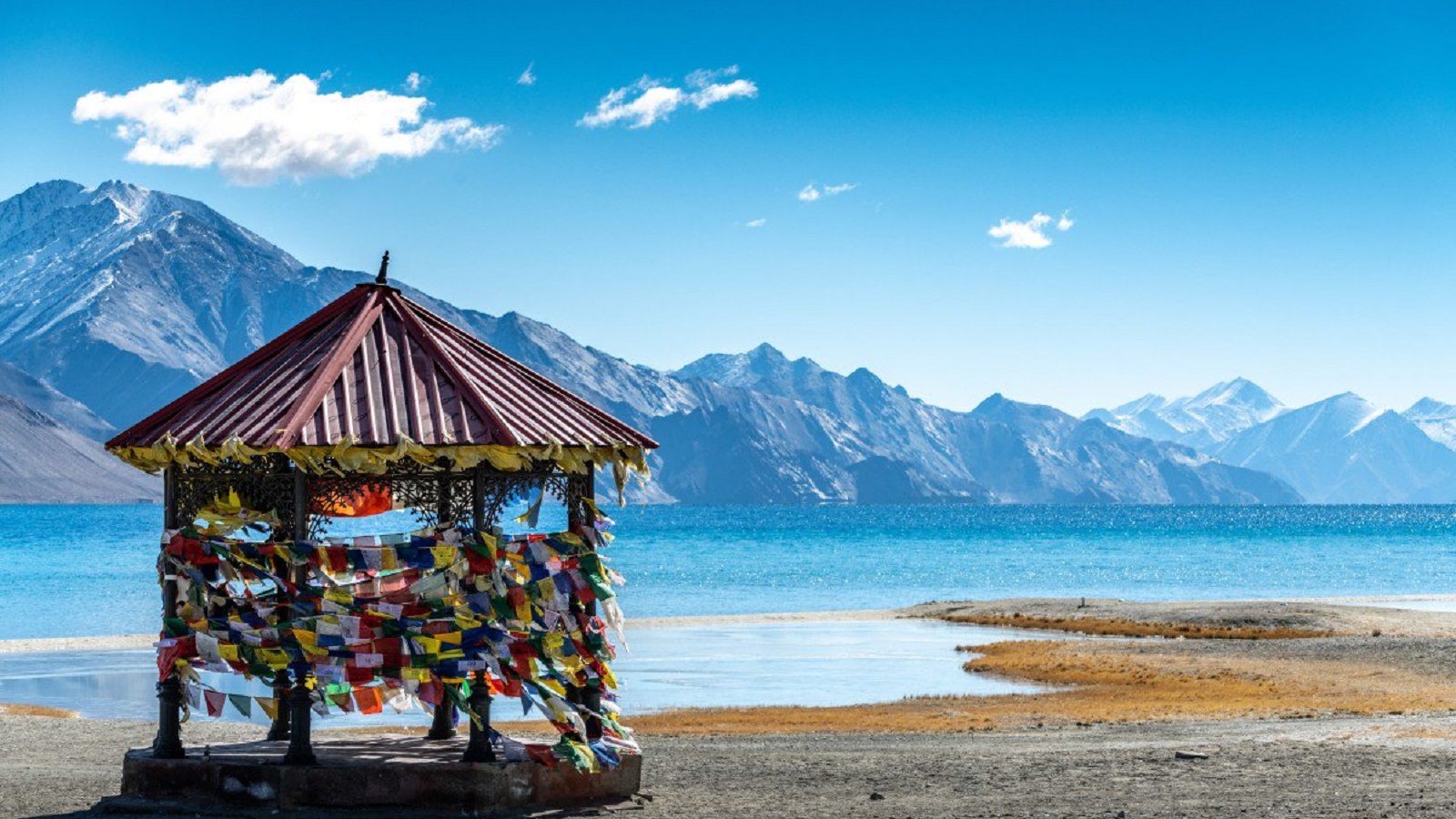
Mountain passes covered with snowy blankets, soul-soothing monasteries with monks chanting prayers to the Buddha, The Potala Palace of Lhasa and much more is there to witness in the adventure capital of India: Ladakh. The word Ladakh means “The Land of High Passes”. Trekking in Ladakh is heaven for roadies. Exploring the picturesque sceneries of the place will enrich your mind with positive vibes and will help you achieve a wider perspective of life.
Planning your next trip to Ladakh? Here is a quick guide helping you make your journey more enjoyable and affordable.

Major Routes
Ladakh embraces the tourists with the two roads entering into it. One is the high altitude Manali-Leh Highway from Himachal Pradesh and the other is Kargil route in the Kashmir Valley. The Manali Leh Highway is only open from June May to November the reason behind it is the clearing of snow from several passes which are generally blocked during the winter months.
The Koshak Bakula Rimpochee Airport facilitates flights from Delhi year-round on Jet Airways, Vistara, Air India and Go Air.
Buses serve the intra-transport needs within the Leh and Kargil towns. Leh and Kargil towns also have taxi services for comfortable transport.

Tourist Attractions in Ladakh
Ladakh is known for its natural beauty and religious significance. You will be mesmerised seeing the Thikse Monastery, Sani Monastery and the crooked Nubra Valley Treks will make adrenalin rush through your veins. Other major attractions include the Leh Drass Valley, Suru Khar, Raji Khar, Kargil, Zangla and Pudum, Spiti of Ladakh, Rupshu, the great salt lakes and the Leh Palace.

Thikse Monastery
The Thikse Monastery is the largest monastery in the central Ladakh and is noted for the grand statue of Maitreya in the Maitreya temple. According to Buddhist mythology, Maitreya will be the future incarnate of Buddha.

The Leh Palace
The eight storied Leh Palace is situated behind the main market, still belongs to the royal family of Ladakh. The Chamba temple is situated ahead of the palace. It also has a large figurine of Maitreya.
Permits and Borders
A special permit won’t be required for visiting Ladakh this privilege also include Leh and Kargil towns. But, if you want to visit the inner line area then you will need an official permit. The inner line areas include Nubra Valley, Durbuk Block and the Pangong lake. You can easily get these permits via travel agents and if you are ready to put a little effort then you can get them yourself from the Leh Town.
Foreigners are not permitted to go to the far reaches of above-mentioned areas close to the line of control.

Trekking in Ladakh
Ladakh is one of the best trekking destinations scratched with challenging treks. The trekking fun of Ladakh is bestowed upon us by the mightiest mountain ranges, the Greater Himalayas and the Karakoram, also including Ladakh and Zangskar range. The high mountain passes amplify the trekking fun making Ladakh the adventure capital of the country.
Beware of Altitude Sickness
Acute Mountain Sickness or ACM is common when climbing the high altitude of Leh Ladakh. This occurs to some because of the low percentage of oxygen in the air due to the high altitude. ACM results in headache, dizziness, nausea, vomiting, fatigue, loss of appetite, loss of breath and rapid heart rate.
The general rule to avoid ACM is to rest for two days after every climb of 2000ft beginning with a height of 8000ft. The ACM begins at a height above 8000ft of sea level, so you don’t need to worry before hitting that height. The relaxation will help your body to acclimatise.
A few medicines are available in the market which can help you combat this problem. Diamox, Dexamethasone and Aspirin can be of help coping with the situation.

Some Things to Know
The one-way travel in Ladakh is facilitated by the state buses which ply on fixed routes and cheaper fare. One the other hand taxis being comfortable and convenient is a slightly expensive option. Travelling through Nubra, Dah Hanu, Tsomiri, it is recommended to engage the services of a registered travel agency.
Tamara Siemon
Travelined welcomes voices from many spheres. We publish pieces written by outside contributors with a wide range of opinions, which don’t necessarily reflect our own. Learn more or join us as a community member!
